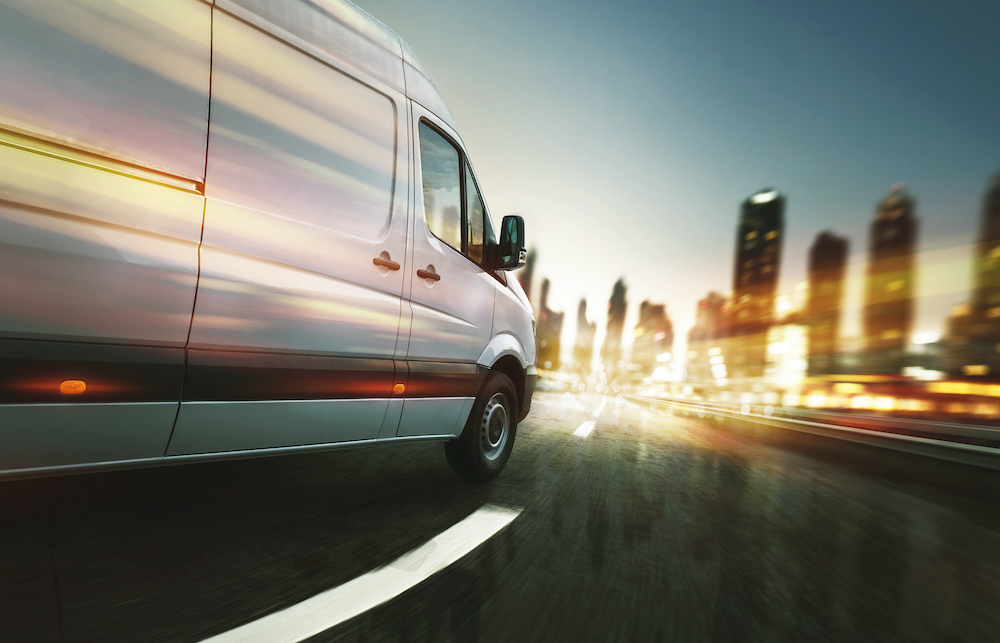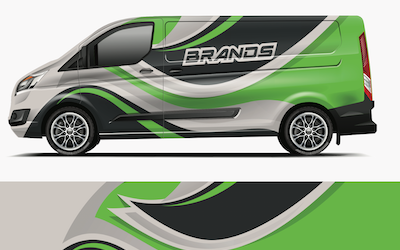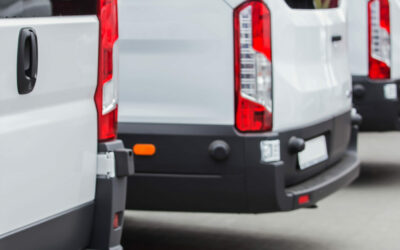If you need to buy a van for work, it makes sense to pick as economical a model as you can. You will clock up a lot of miles in your van. So the better your van is for fuel consumption, the less your fuel costs will cut into your profits.
But you will also have practical considerations to bear in mind. Depending on what you do, you might need a van of a certain size. Often, picking a bigger van means picking a van that’s big on fuel consumption. It’s all about striking the right balance – a van that meets all of your practical needs while still achieving a good fuel consumption.
Also consider that, when manufacturers give a figure for fuel consumption, their figure is generally based on tests conducted on unladen vehicles. They don’t necessarily represent real-life driving conditions. When loaded with all your equipment, you might not get the same MPG from a van as the manufacturers say you will.
Before you consider the best vans for fuel consumption, spend some time determining just how you’ll use your van. How much space will you need? How many miles do you expect to travel in a given month? How heavy is your equipment, and are heavy loads likely to affect your MPG?
Best Small Vans for Fuel Consumption
Smaller vans generally get better fuel consumption than larger vans. But obviously, they may not deliver the space, the power, and the practicality you need for the job.
Ford Transit Courier
The 1.5 TDCi Econectic Start+Stop SWB model delivers an impressive 76.3mpg. Six-speed manual transmission could help you to make further savings on fuel. If space isn’t a premium for you, this might be the ideal compromise between performance and fuel consumption.
Citroen Berlingo
Choose the LX 625 L1 BlueHDi 100 model and you could get up to 68.9 mpg. It’s impressively spacious in the back for a van of this size. Certain models can accommodate objects up to 3 metres long. The maximum payload, though, is a comparatively humble 638kg. As we’ll see, it’s possible to get more power with only marginally more fuel consumption.
Peugeot Partner
The SE L1 BlueHDI 100 ETG model can deliver up to 68.7 mpg. That’s only 0.2 mpg more than the Berlingo. Of course, the more you drive, the more these figures will matter. But when you consider that the Partner’s maximum payload is 850kg – more than 200kg more than the Berlingo – perhaps this greater fuel consumption won’t seem like such a compromise. One thing to bear in mind, though – to get that maximum 68.7 mpg, you have to work with ETG automatic transmission. This might be a problem for some van drivers.
Medium Best Vans for Fuel Consumption
Yes, the bigger the van, the bigger the fuel consumption. But the difference in fuel consumption between small vans and medium vans may not be as big as you might expect. If you drive a lot of miles, an extra 20 or so mpg is going to add up. But in exchange for these higher fuel costs, you’ll get more power and more practicality. This is why it’s important to consider your unique needs as a van driver. What’s more important for you – practicality, or economy?
Citroen Dispatch
The XS BlueHDI 115 Start and Stop model can deliver up to 55.4 mpg – highly impressive for a van with a 4.6 cubic metre load volume. If you need a bit more space, go for the M model. You’ll get a 5.3 metre load volume at 54.3 mpg – only 0.9 mpg higher than the more compact model.
Volkswagen Transporter
The Volkswagen Transporter BlueMotion model can return up to 51.4 mpg. This impressive economy is the result of an aerodynamic design combined with a lower suspension, low-rolling resistance tyres and modified gear ratios. It all helps to deliver a remarkable fuel consumption. Though bear in mind that, as medium vans go, the Transporter is pretty compact. The most efficient model has a load volume of 3.5 cubic metres, with a 1,207kg maximum payload.
Fiat Talento
You’ll get up to 47.9 mpg from the 1.6 Ecojet (125) Start + Stop model, with a generous 5.2 cubic metre load space. You can also choose a high-roof model if you need more room than this. It provides 8.6 cubic metres of load space. But unlike the Citroen Dispatch, the bigger model comes with significantly higher fuel consumption – 40.9 vs. 47.9 mpg.
Best Large Vans for Fuel Consumption
You can’t expect to get truly efficient fuel consumption from a large van. But at the same time, if practicality is your priority, you can’t beat a large van for load volume or maximum payload.
Citroen Relay
The 2.0 Multijet (115) SHI33 SWB model returns up to 47.9 mpg – exactly the same as one of our picks for the best medium van for fuel consumption. What’s the catch? It’s that Citroen still class their Relay as a “light van”. To get that fuel economy, you need to make do with an 8 cubic metres load volume and a 1,115kg maximum payload. This might be perfect for your needs. But if you need any more, you’ll have to choose a bigger model, so your fuel consumption will inevitably go up.
Peugeot Boxer
Choose a model with a stop/start system and an L3 body length and you could get up to 47.1 mpg combined with a 13 cubic metre load volume. But once again, there’s a catch. This excellent fuel economy is largely thanks to the Euro 6 compliant AdBlue tank. So while you’ll use less fuel overall, the need for AdBlue means you’ll pay more than you might expect every time you top up.
Vauxhall Movano
The L1H1 model is the most economical, returning up to 40.9 mpg. And with a maximum payload of 1,122kg, you might struggle to find a better combination of practicality and economy.
Don’t Forget Van Insurance!
The push for reduced emissions has encouraged all van manufacturers to prioritise fuel economy like never before. If you’re looking for the best van for fuel consumption, it should be clear by now that you have a lot of options. So the most important thing is that you find a van that suits your practical needs without boosting your fuel costs.
But whichever van you choose, one thing you can’t go without is van insurance. At Insure 2 Drive, we can give you the cover you need at a price you can afford. You’ll get personal accident cover and windscreen cover as standard, and you can get tool cover as an optional extra.




